#1930s
Rare Rides Icons: The History of Stutz, Stop and Go Fast (Part II)
From humble beginnings in the rural farmlands of Ohio to the bustling city that was Indianapolis, Harry Clayton Stutz made his way through a winding career path to found the Ideal Motor Car Company in 1911. Ideal’s first product was the Bearcat, a sporty open-top two-seater that Stutz designed himself in just five weeks. After racing at the inaugural Indianapolis 500, Stutz took his racer and made a couple of minor edits, then put it into passenger car production. However, Stutz was a tinkerer first and foremost, so he began to revise the Bearcat almost immediately.
Rare Rides Icons: The History of Stutz, Stop and Go Fast (Part I)
Rare Rides Icons: Isotta Fraschini, Planes, Boats, and Luxury Automobiles (Part IV)
Today we conclude the story of Isotta Fraschini, a company that started as a simple import business but rose quickly through racing successes to become one of the most highly regarded luxury car makers in the world. In our last entry, the Great Depression finished off IF’s last passenger car – the 8B – in 1934. Afterward, the company moved on to heavy truck manufacture alongside its marine and aeronautical engines. Said trucks were still in production when Isotta Fraschini launched a grand final attempt at a return to the luxury passenger car market.
Rare Rides Icons: Isotta Fraschini, Planes, Boats, and Luxury Automobiles (Part III)
Isotta Fraschini advanced very quickly from its humble roots as a French car importer. Through racing recognition and the utmost attention to quality and engine technology, IF became one of the most well-regarded luxury car companies in the world. The firm’s first two large cars the Tipo 8 and 8A were considered on par with Rolls-Royce, and the company found buyers in the elite of America and Hollywood stars.
But the company’s fortunes changed in 1929 as The Great Depression bowed its head, and put a big dent in the ultra-luxury car market. The 8A concluded its run from 1924 to 1931 with under 1,000 total sales. IF was immediately ready with another super lux car as the world was still deep in The Great Depression, but company ownership attempted to pursue other passenger car avenues. And IF might’ve prospered were it not for fascist government intervention.
Rare Rides Icons: Isotta Fraschini, Planes, Boats, and Luxury Automobiles (Part II)
Isotta Fraschini never intended to build its own cars and was founded as an Italian-based importer of French vehicles and engines. But as we learned in Part I, after a few years in the business its small group of owners experimented with building their own cars. Then they tried their hand at winning races with Tipo D in 1905. After D’s successor the Tipo FE was unsuccessful at racing, the company redirected itself and decided to make sporting luxury cars instead. We pick up the action in a year many of you remember vividly: 1910.
Rare Rides Icons: The History of Imperial, More Than Just a Car (Part III)
Our series on Imperial continues today, after a strong start in the coachbuilt Twenties turned into a big aerodynamic flop in the Thirties with the Airflow Imperial. The error in judgment was immediately apparent; the Imperial with groundbreaking styling lasted only three model years.
Chrysler was determined to start Imperial over, and in its third generation returned to a much more conservative large luxury car template.
Rare Rides Icons: The History of Imperial, More Than Just a Car (Part II)
Rare Rides Icons continues the history of Imperial today, after Part I left us neatly at what would become an unfortunate aerodynamic turning point. Ready for some Airflow?
Rare Rides Icons: The History of Imperial, More Than Just a Car (Part I)
Today Rare Rides Icons features a special Chrysler that was a car, then a brand, then a car again. Throughout its varied history, Imperial always represented the best of what Chrysler offered. First, we travel back to the Twenties.
Rare Rides: The 1933 Cadillac V-16 All-weather Phaeton
In the midst of the Great Depression, Cadillac offered a new range of ultra-expensive motorcars that featured 16-cylinder engines – a count never offered previously by a domestic automaker. One of the V-16’s most prestigious variations is today’s Rare Ride.
Presenting the extremely exclusive All-weather Phaeton sedan.
Rare Rides: A Beautiful Alfa Romeo 6C From 1952
Today we take a look at a stylish grey Alfa Romeo that is the only example of its type. With coachwork from one of the greatest names in the business, it’s Fifties artwork that moves.
Do Today's Cars All Look Alike?
Junkyard Find: Old Truck Door Signs of Colorado
I found a nice assortment of truck door signs of the 1930s through 1960s at this old-school wrecking yard north of Denver last year, and I just had to shoot a few more at this yard south of Denver last week, while picking up my ’41 Plymouth project. The Colorado sun is hard on paint, but I was able to find some legible old signs.
You Tell 'em- I Can't: 82 Years of Ward's "Ever-Ready" Motor Record Book
While nosing around in yesterday’s ’64 Valiant wagon Junkyard Find, I spotted this little brown book on the floor beneath the rifled-by-tow-truck-driver glovebox. It looked ancient, far older than even the 48-year-old car in which I found it… but it turns out that you can still buy the Ward’s “Ever-Ready” Motor Record Book.
Down On The Junkyard: Time Stops At Ancient Colorado Yard
Most of my junkyard-prowling experience has taken place at the modern-day self-service yards, where the inventory turns over fast, prices are standardized, and 90% of the cars on the yard tend to be 15 to 20 years old. Now that I’m in a constant search for parts for a 45-year-old Dodge van, I’ve been venturing out to the more traditional wrecking yards, where you haggle for every part and the inventory sits for decades while each and every salable part gets picked. A couple weeks back, I went on a quest for A100 parts at a breathtakingly vintage junkyard located about halfway between Denver and Cheyenne.
Fresno, 1938: Irrigation-Ditch-Jumpin' Hupmobiles Compete In Old Hack Race
Imagine California’s Central Valley with no personal-injury attorneys and a glut of sub-50-buck Model Ts, Essexes, and Oaklands.



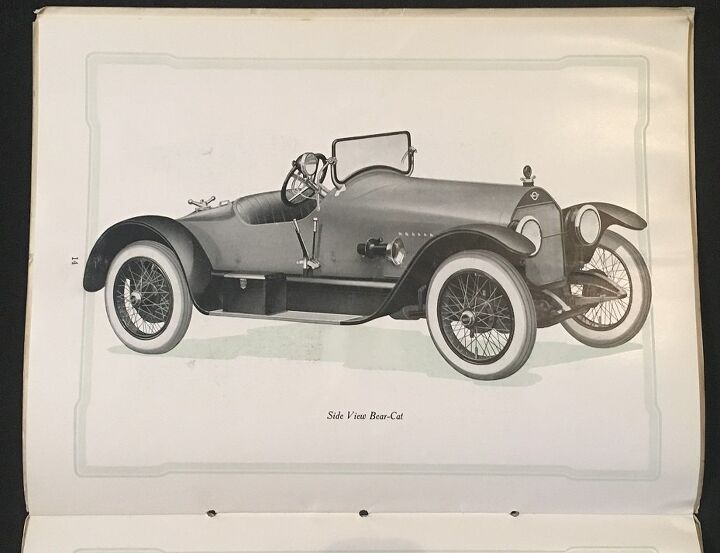
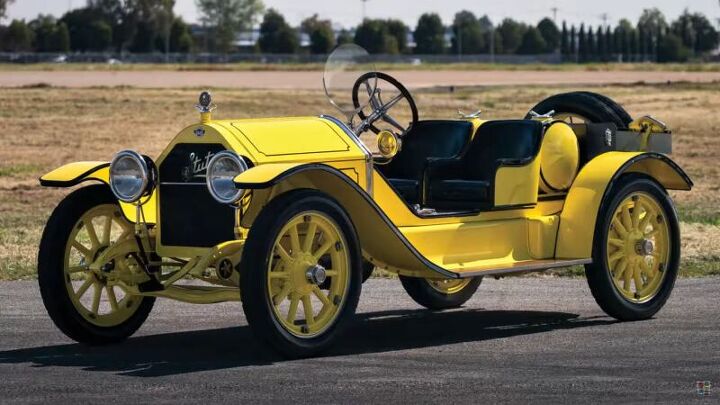



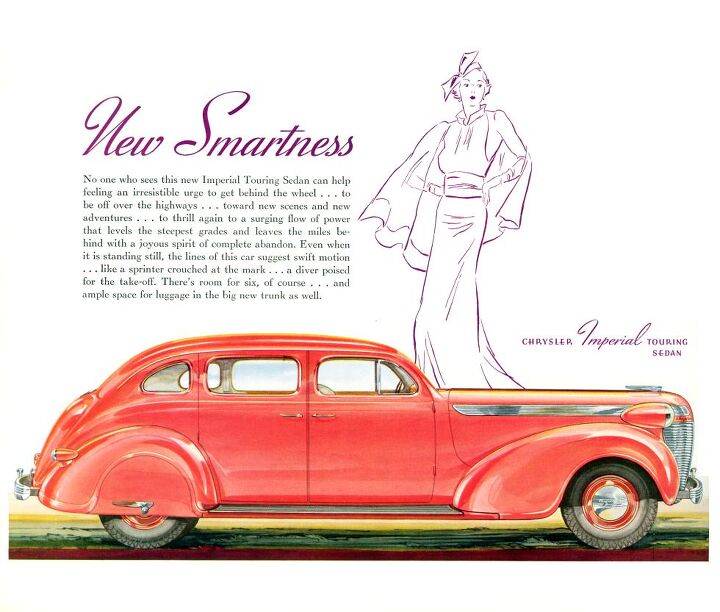
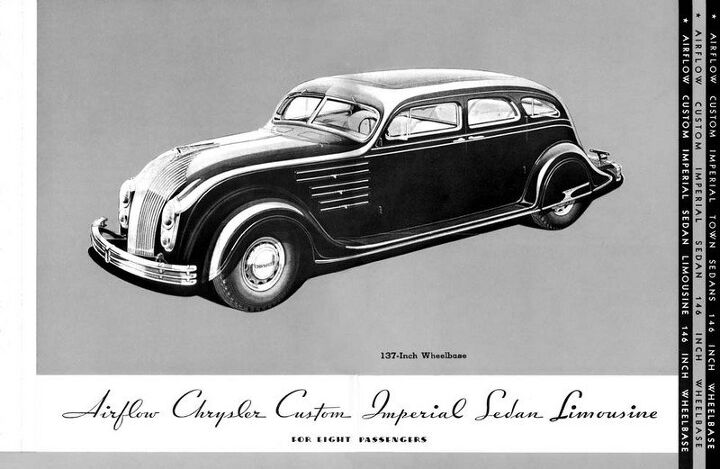

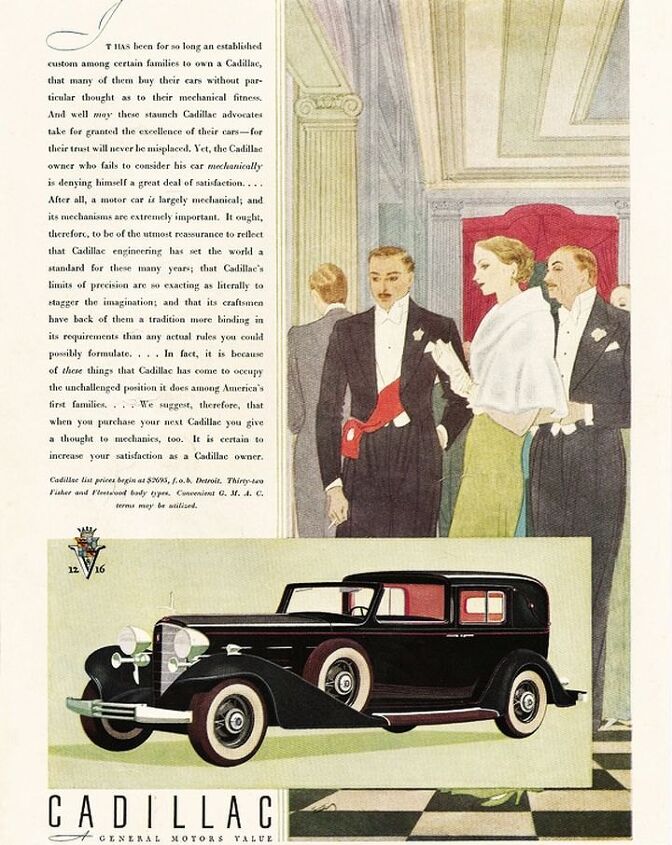
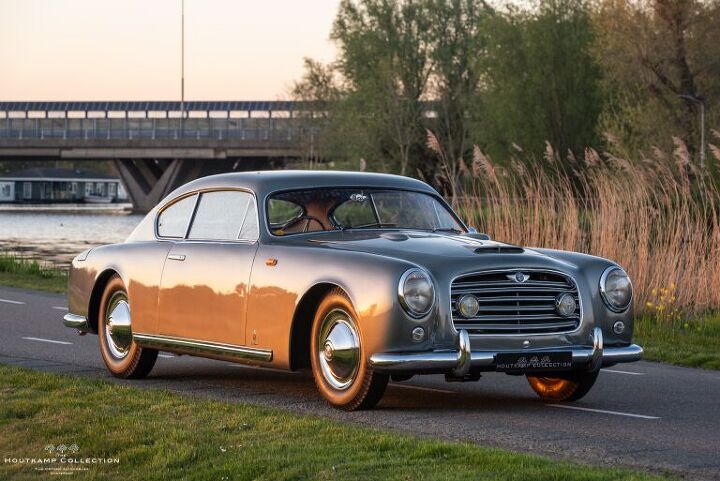
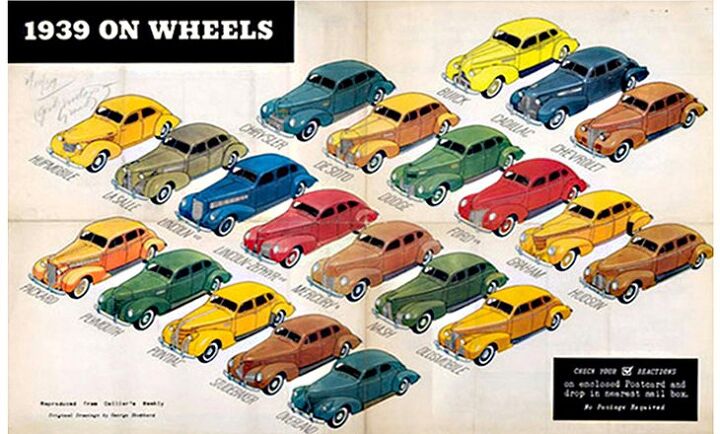


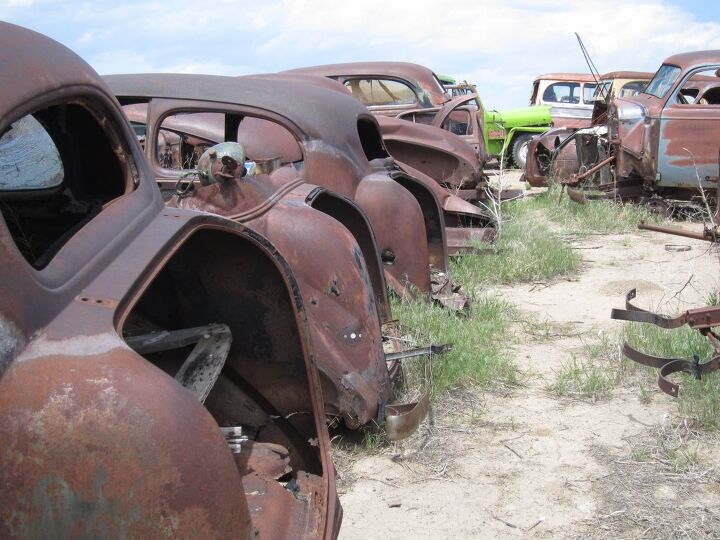
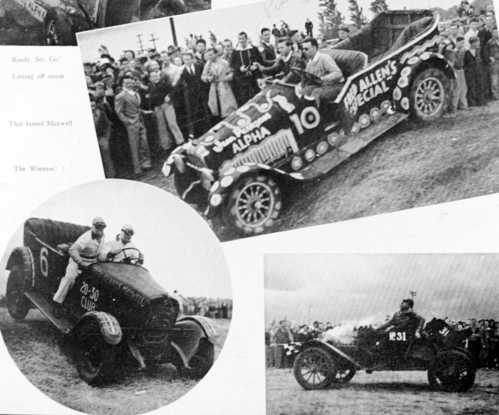












Recent Comments